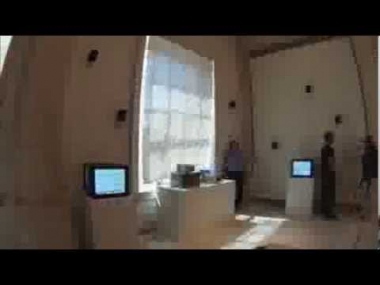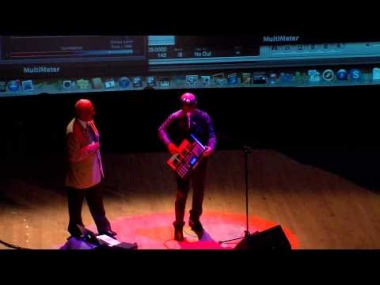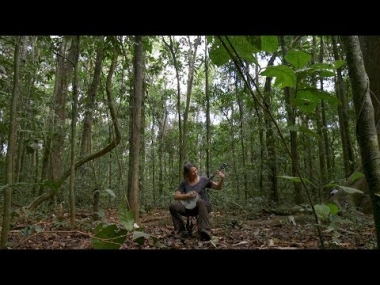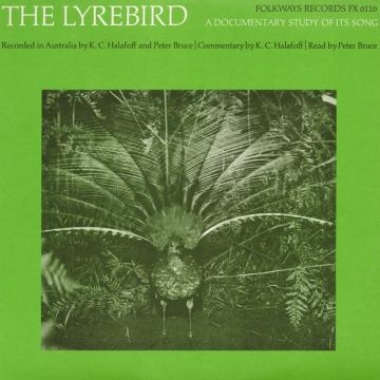Science is a way of looking at the world that relies on observation, the development of testable hypotheses, and logic-based experimentation. Often when we hear the word, "science," we think of disciplines like chemistry, biology, or physics, although many "social sciences" also rely heavily on scientific methodology, including such disciplines as psychology, sociology, and anthropology.
Explore ways music and science interrelate in the collections, resources, and research at the Smithsonian.
Music and the Cosmos: Featured Topic. The concept of "the cosmos" is a way of understanding the universe as an ordered whole. The possibilities of the cosmos have been on the minds of people for millions of years. Music and the Cosmos looks at some of the ways people have used music to explore the cosmos, through daydreams, artistic interpretation, and actual scientific exploration, as well as ways people have brought the cosmos into their artistic lives.
Videos
Albums
Additional Resources
Ethnographic Musical Instruments at the National Museum of Natural History
The Department of Anthropology at the National Museum of Natural History is home to a large collection of musical instruments collected during ethnographic work around the world. These instruments can be explored on the Natural History Museum's website.
National Museum of American History, Science Teaching Collection: Acoustics
The Smithsonian's National Museum of American History houses literally millions of objects which preserve and illustrate our nation's rich history. Among the many stories that these objects tell are the ways that Americans have learned about science. This site is designed to help students and teachers explore a unique and beautiful collection of instruments used to teach Acoustics - the science of sound. These historic instruments were designed to be engaging and to challenge students to think in new ways about the physical world. In our experience they still retain this power and can provide a uniquely effective way to engage modern students with science and the process of scientific inquiry.
Explore the collection on the American History Museum website.
Material Culture and Electronic Sound
Weium, Frode, and Tim Boon, eds. Material Culture and Electronic Sound. Reprint edition. Washington, D.C: Smithsonian Institution Scholarly Press, 2016. More here.
This eighth volume of the Artefacts series explores how material culture has affected music and sound. Technological innovations in music that were originally created to solve existing problems have ended up expanding the range of what can be done musically and changing the landscape of music. Boon and Weium present a collection of essays exploring technological innovations and their effects on musical culture. Contributors include composers, performers, musicologists, and scientists, providing diverse insights into the nature of music. With a foreword by renowned British producer Brian Eno, Material Culture and Electronic Sound examines what has happened because technology and music crossed paths.
Header image credit: Acoustic Teaching Apparatus (Dropping Sticks), made by Rudolph Koenig, 1858-1902, in the collection of the National Museum of American History, courtesy of Worcester Polytechnic Institute.
This spotlight was created by Kate Duffus Stein on behalf of Smithsonian Music.





















